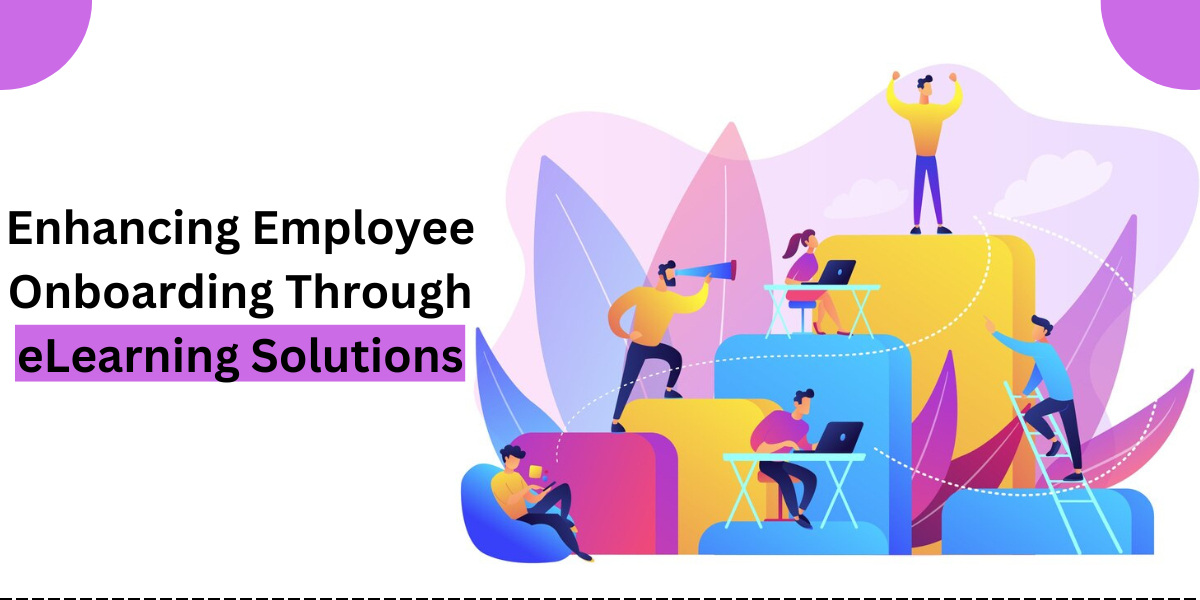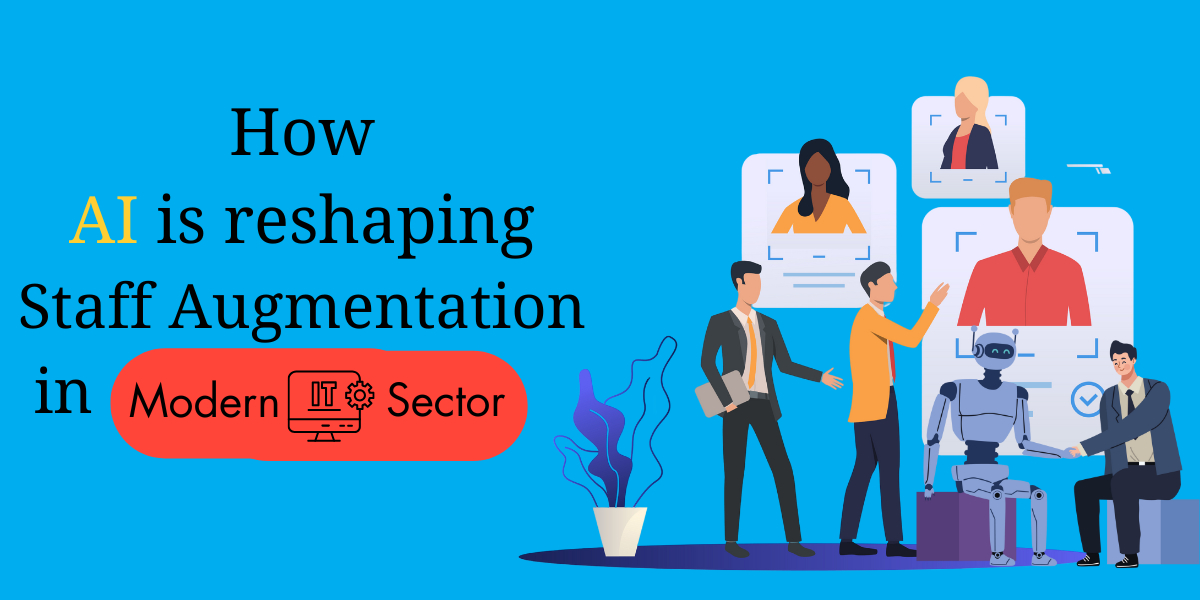Microlearning is bite-sized short learning content such as videos, podcasts, scenarios, etc where each module focuses on a single learning objective and is used to deliver training quickly. It helps learners achieve their specific learning goals or outcomes at their own pace on any mobile device.
In today’s world of remote working, busy schedules and short attention spans, microlearning is the ideal training solution for your learners. And why not? Learners like microlearning as it gives instant access to important skills and knowledge. And instructional designers like it as it allows them to create high quality training quickly in a cost effective manner.
If you’re not using microlearning training content, you are missing out on the chance to create engaging and fast-paced content that your learners want. Still can’t decide if microlearning will work for you? Let’s explore the top 4 benefits of microlearning in 2022 below:
1. Better knowledge retention
2. More engaging
3. Lower development time and cost
4. Higher course completion rate
1. Better knowledge retention
Often called the Forgetting Curve, the average learner forgets half of what they learnt in a day and 90% of what they learnt in a month. Now in order for learning to be effective, the new knowledge and skills have to be absorbed and reflected by learners. With microlearning, the effects of the Forgetting Curve can be significantly decreased. This is possible because when microlearning is developed as a series of spaced and repeated learning activities, it creates strong memories and stimulates recall.
Microlearning also allows you to quickly make short and focussed training activities and assessments that reinforce knowledge. Further, since microlearning modules are short, self-contained and filled with only the essential information, they are easier to return to and the ability to retain new information and skills is much better. Plus, it also helps to prevent cognitive overload.
2. More engaging
Courses where the content is present in multiple small chunks are more engaging than other types of courses. It increases learner participation and reduces training time. Microlearning works because it doesn’t give learners too much information to absorb in one session and neither it tries to hold their attention for extended time periods. Microlearning doesn’t need much time to take effect thus aligns well with our short attention spans and how our brains process information.
With well-written microlearning courses, learners don’t waste time on unnecessary information and activities since microlearning includes only the essential information and skills. Thus microlearning engages learning more than traditional eLearning by creating memorable experiences which are more likely to be retained by learners.
3. Lower development time and cost
Microlearning helps to save both time and money on many levels. It allows organizations to develop eLearning quickly and significantly reduce development costs. Microlearning doesn’t need a lot of time for effective results. Their asynchronous nature allows learners to complete learning at their own pace. This makes learning more effective and saves time by helping learners complete courses much faster. The time saved also makes it possible for learners and instructors to tackle other learning activities.
Similarly, organizations also save time as microlearning courses can be quickly created and updated compared to traditional eLearning courses. This is because the bite-sized modules are short and powerful in nature and much faster to develop. Organizations also save money as it removes the need to spend on classroom space, equipment, travel, instructors, etc. Plus, not all courses require professional content creators. Much of the content and media can be made in-house which can decrease the development costs greatly. This in turn also allows organizations to invest more in learner skills and other forms of learning.
4. Higher course completion rate
Course completion isn’t a matter of if learners want to complete a course. It’s more about making learning easy, effective, seamless, and rewarding. We all live busy lives and this is where microlearning comes into the picture. Microlearning increases engagement and makes course completion much easier and faster compared to other training methods. Thus the bite-sized chunks of learning simply makes training work better for many learners.
Final word
To sum it up it can be said that microlearning is a smart training strategy which helps you easily create engaging and effective learning content in no time. What’s more is that microlearning can also act as a building block for creating a culture of learning in your organization.
Do you use microlearning in your organization? Schedule a demo to learn how Infonative can help you develop highly engaging microlearning courses. Learn more on https://infonative.net/micro-learning. For any queries, feel free to reach out to us at yg@infonative.net
Check our articles for resources you and your team may need
Read next: 5 Tips For A Successful Onboarding Training Process




